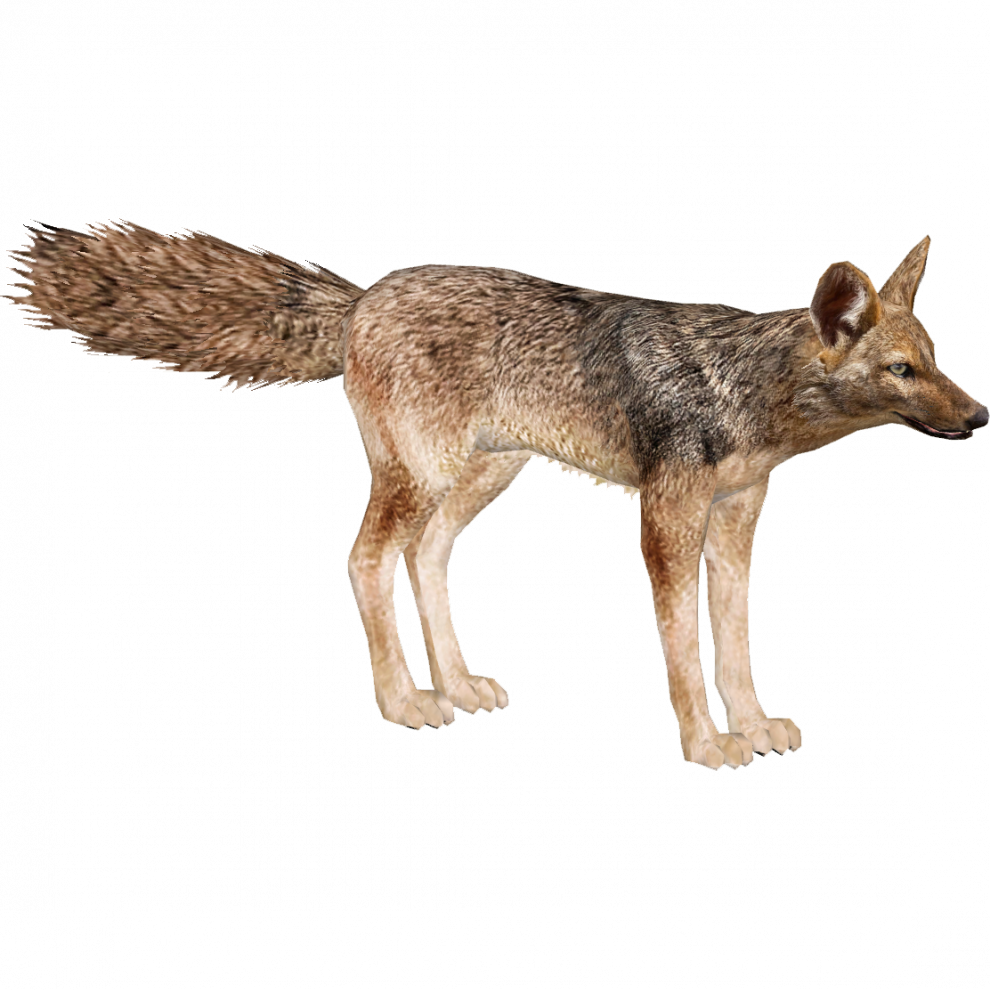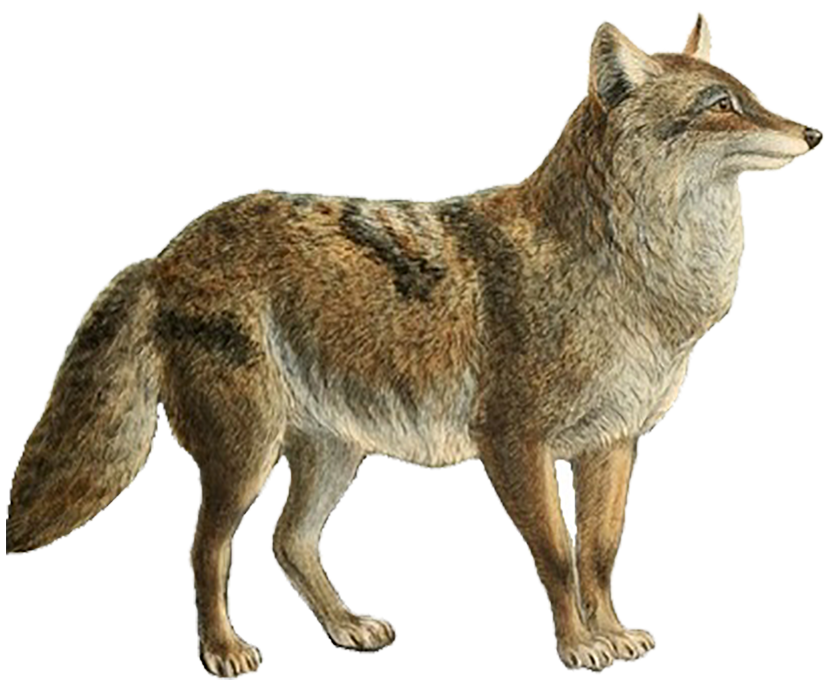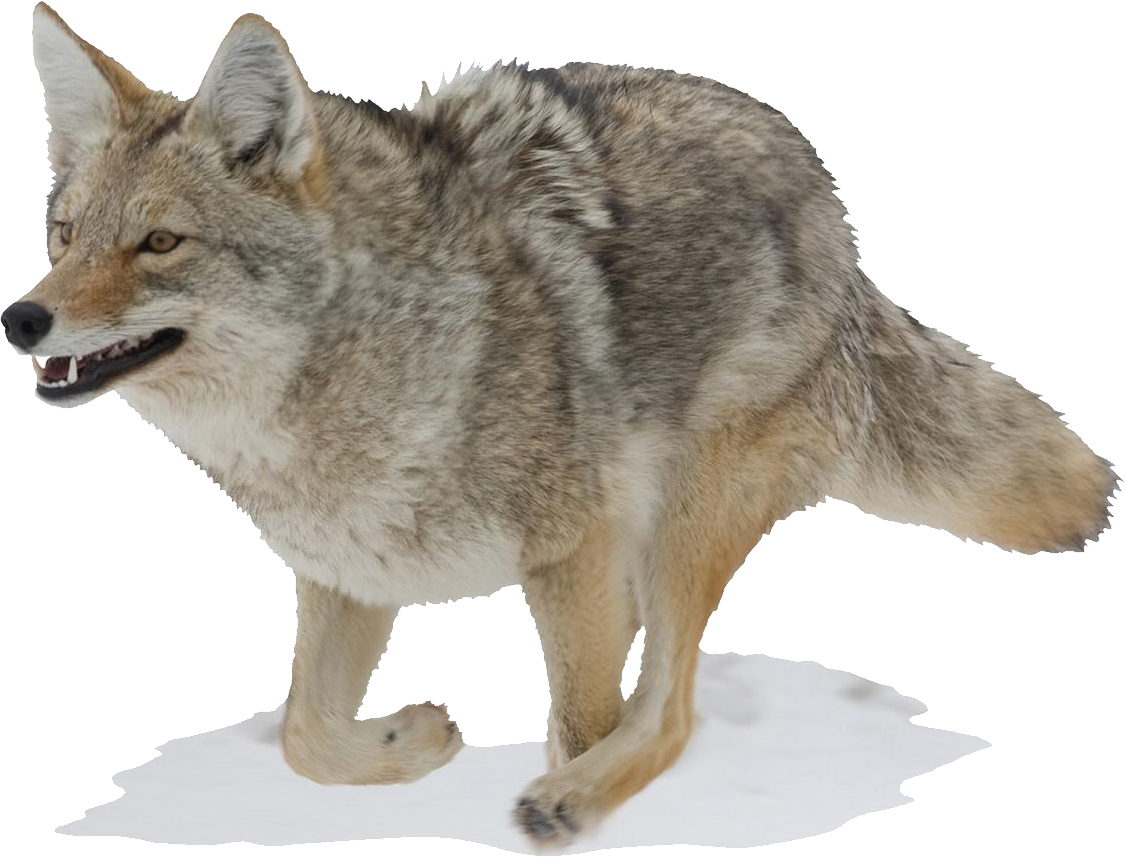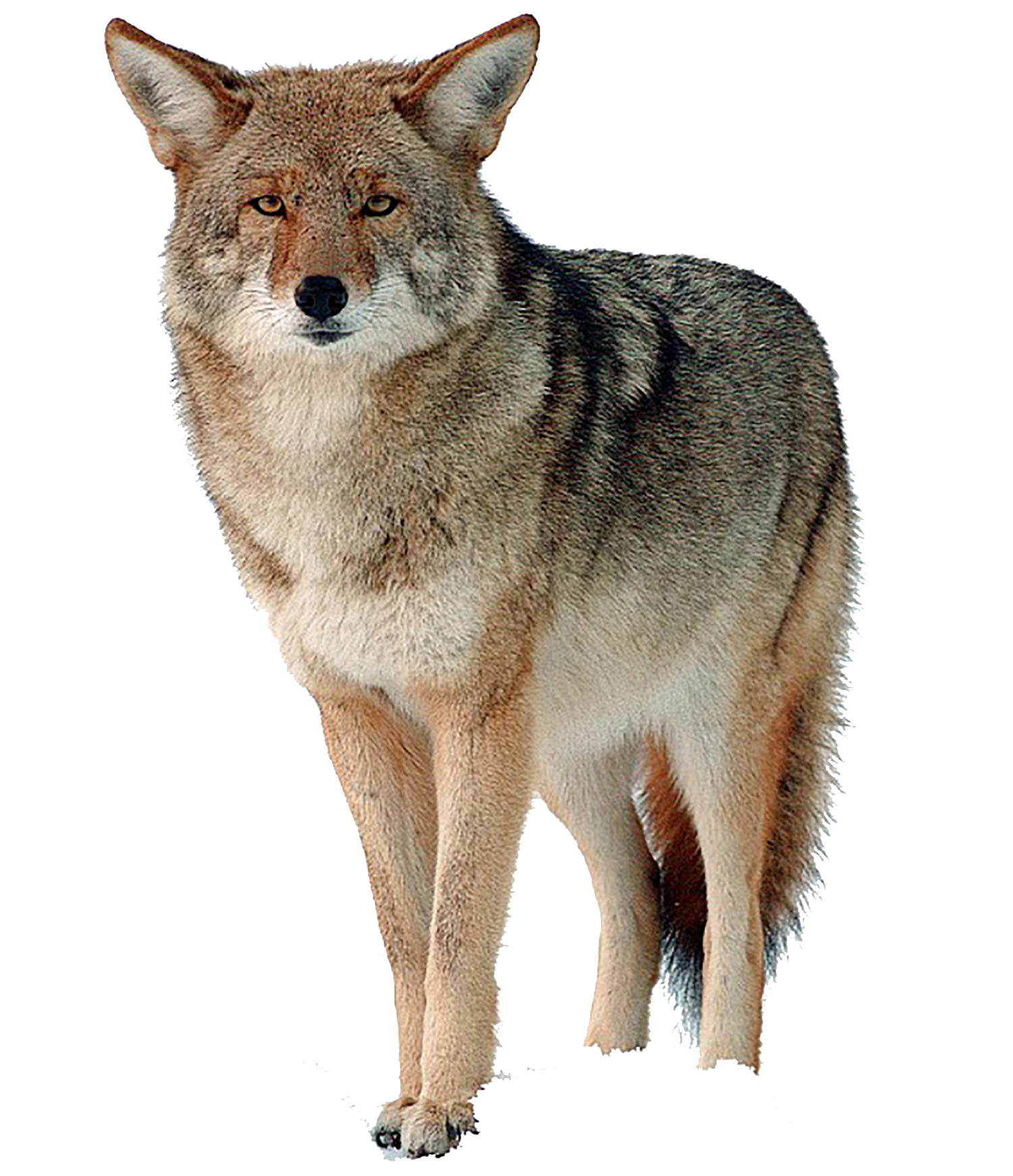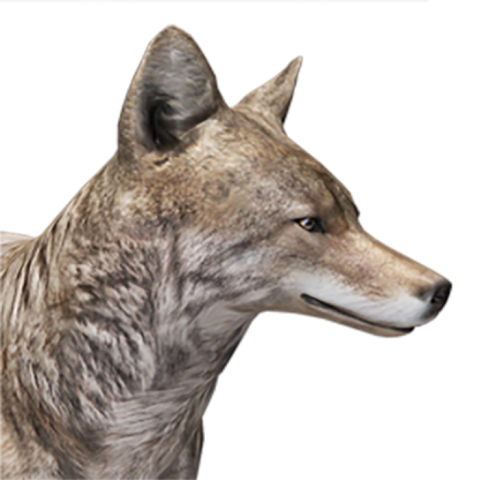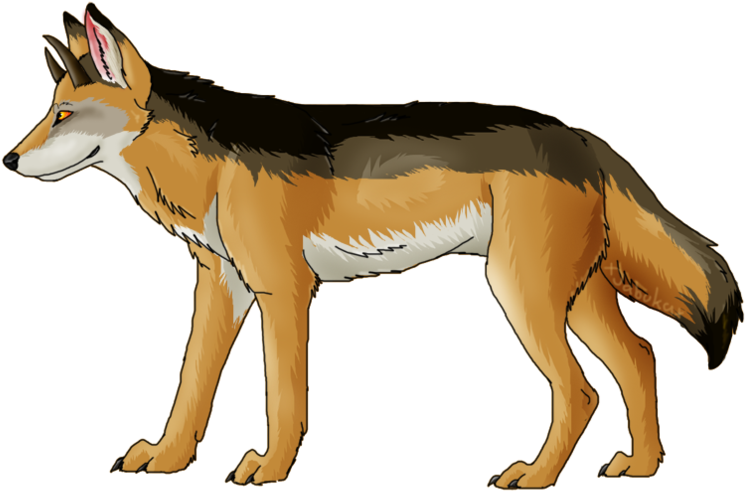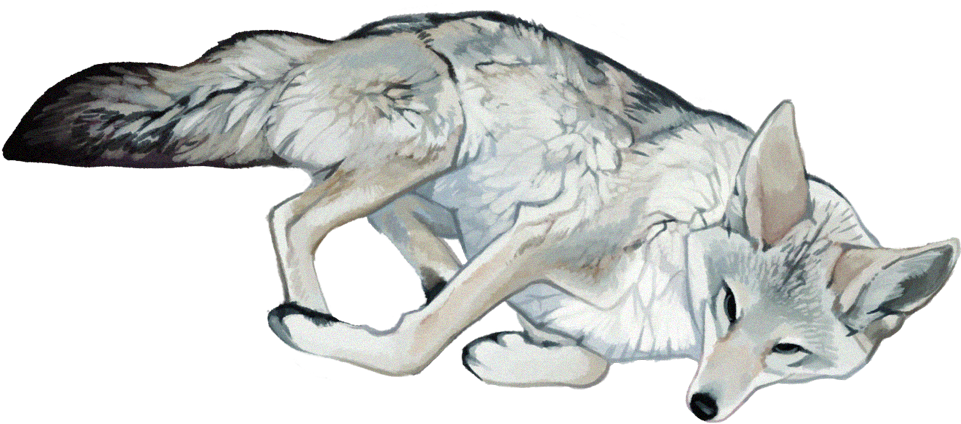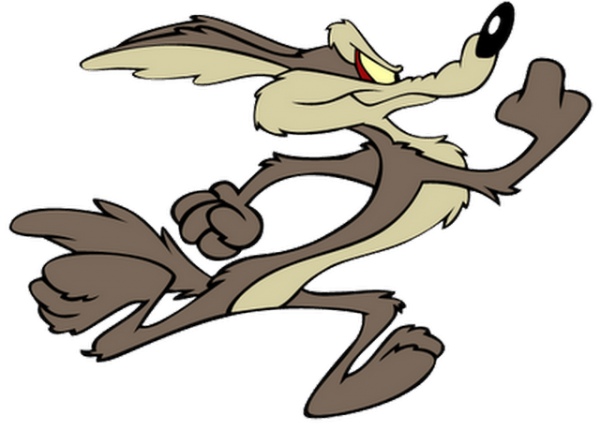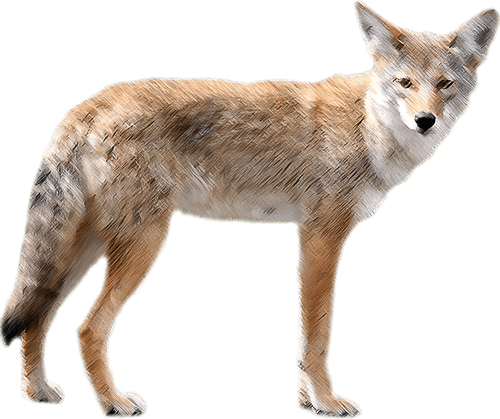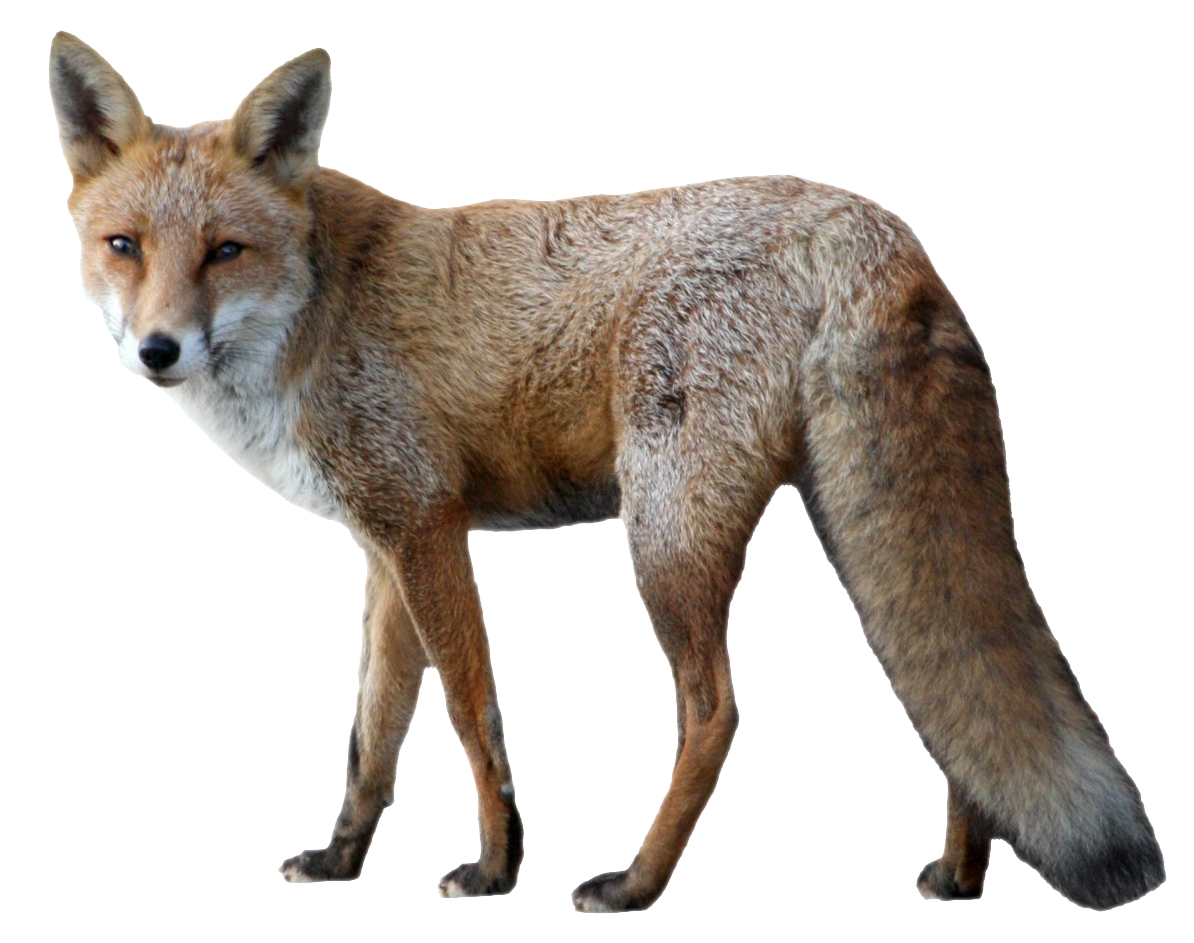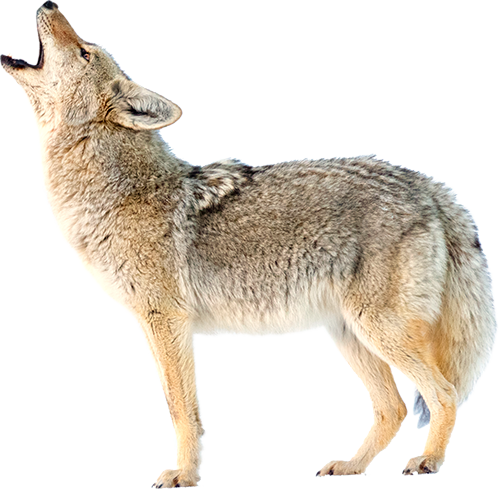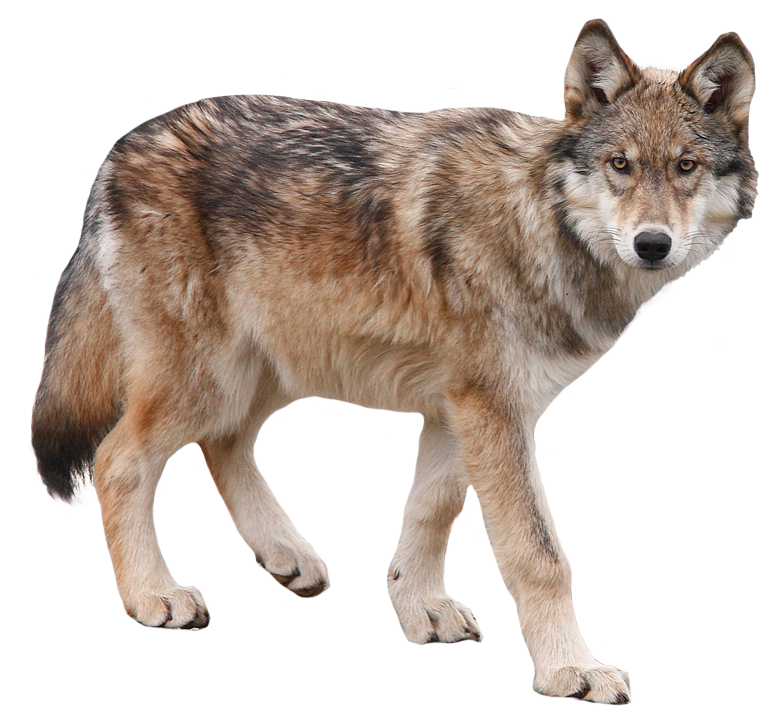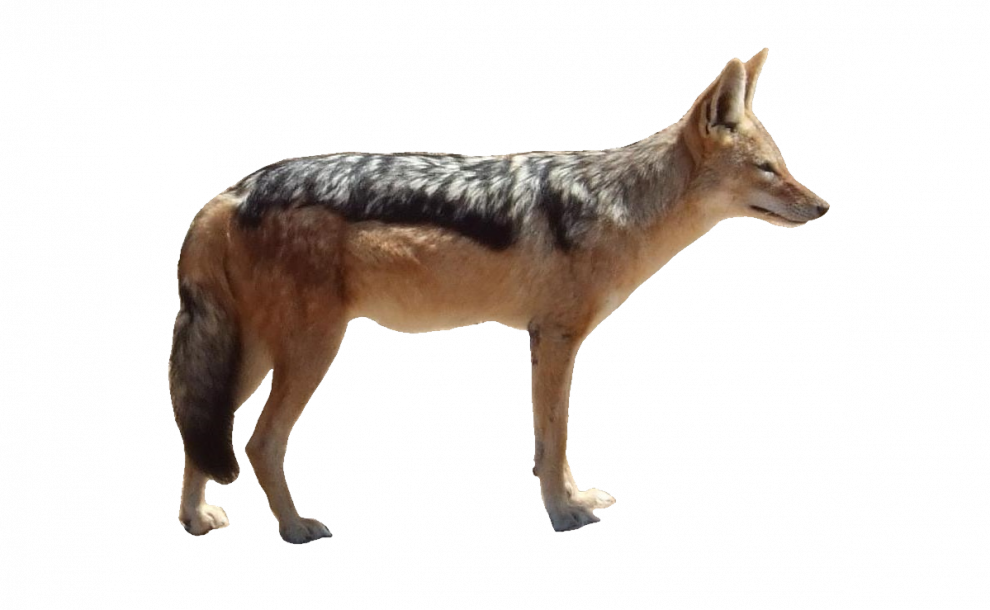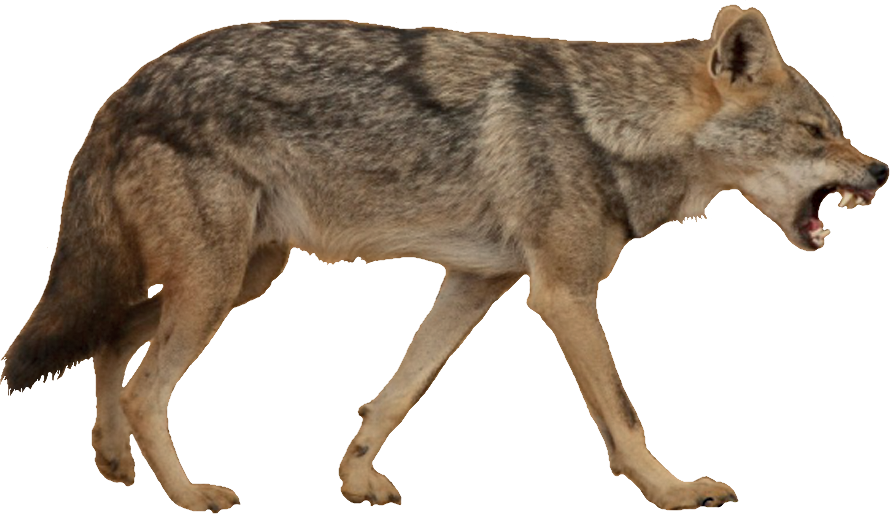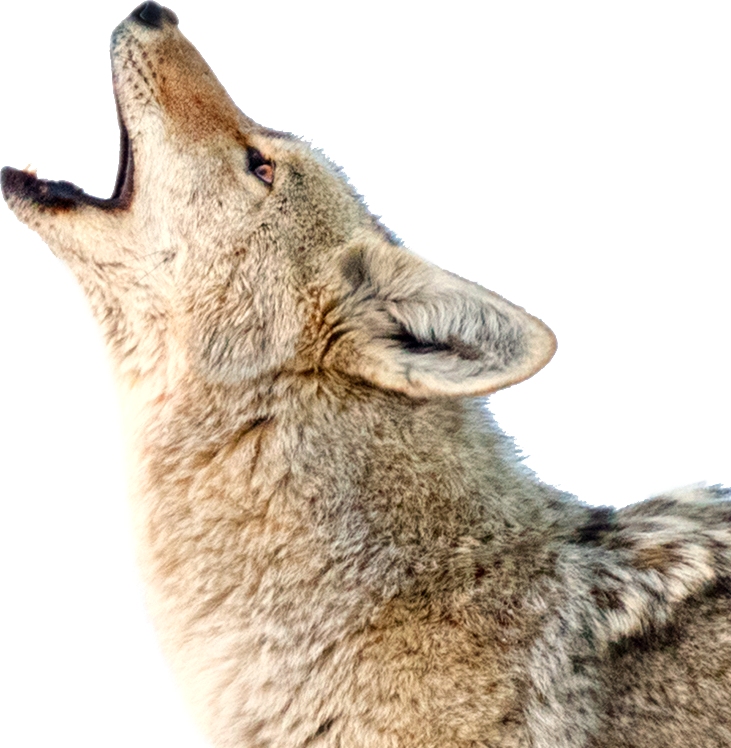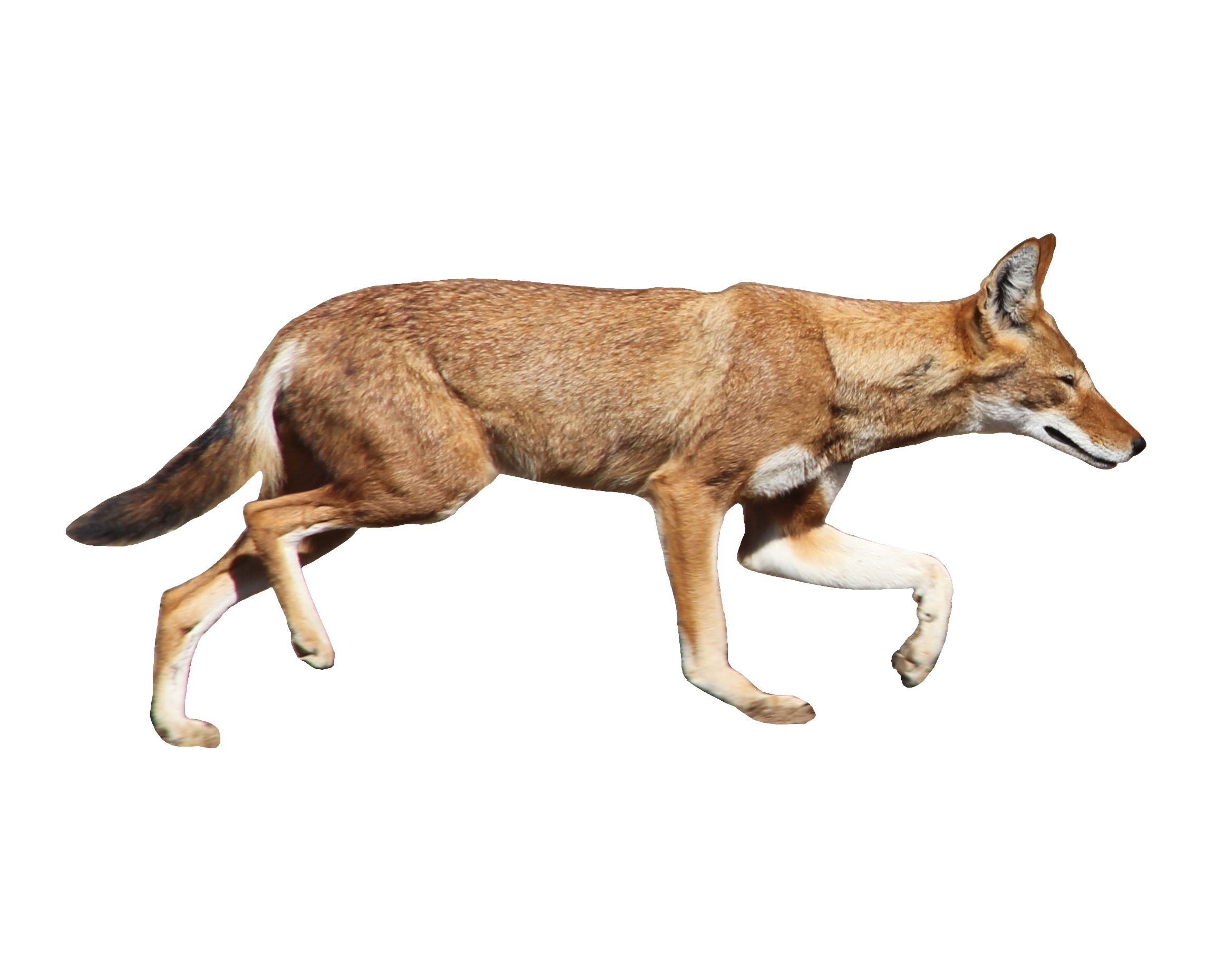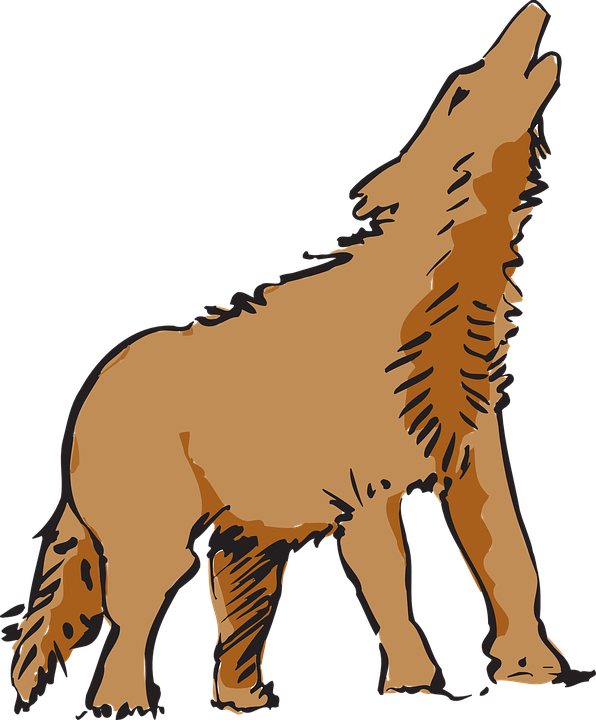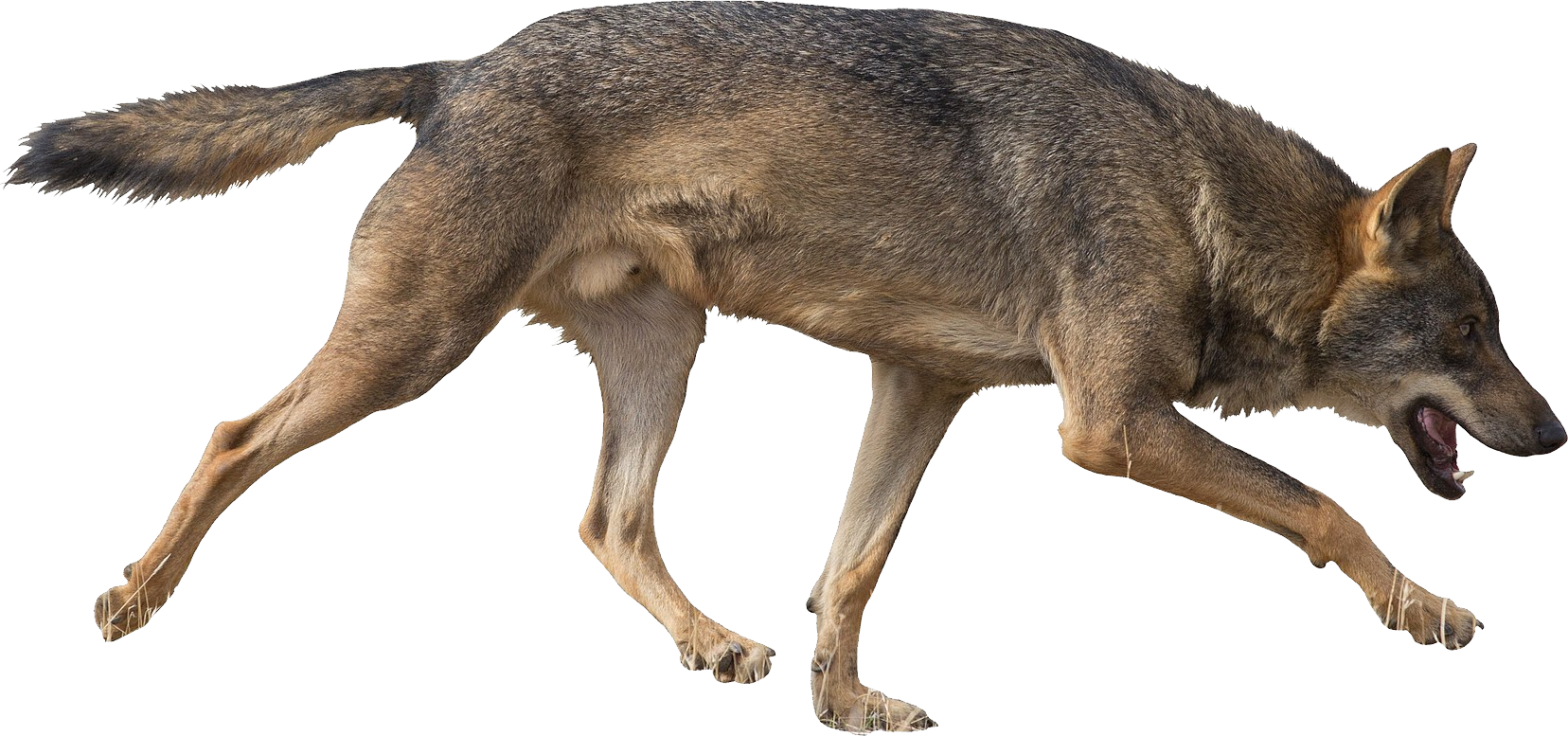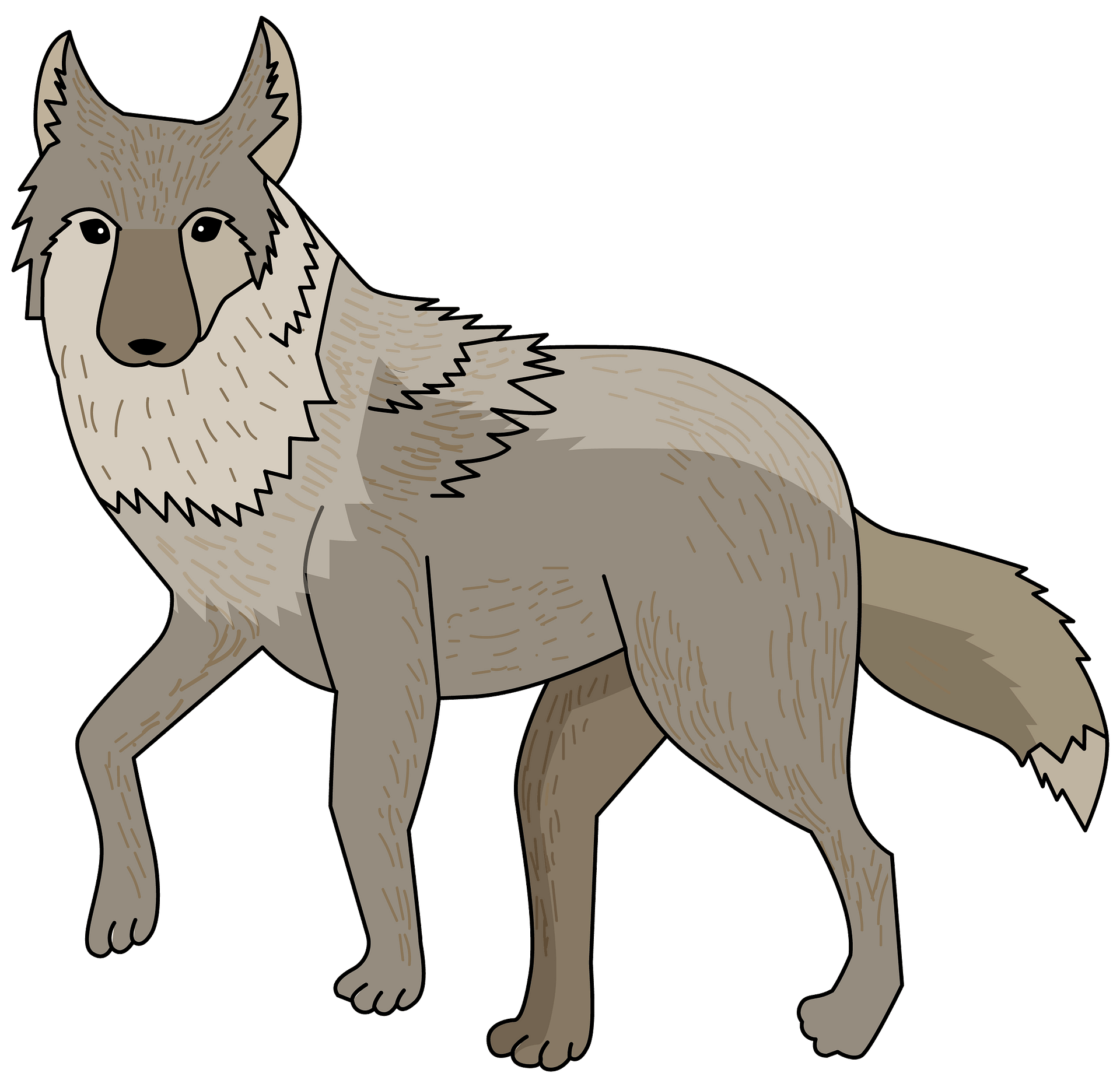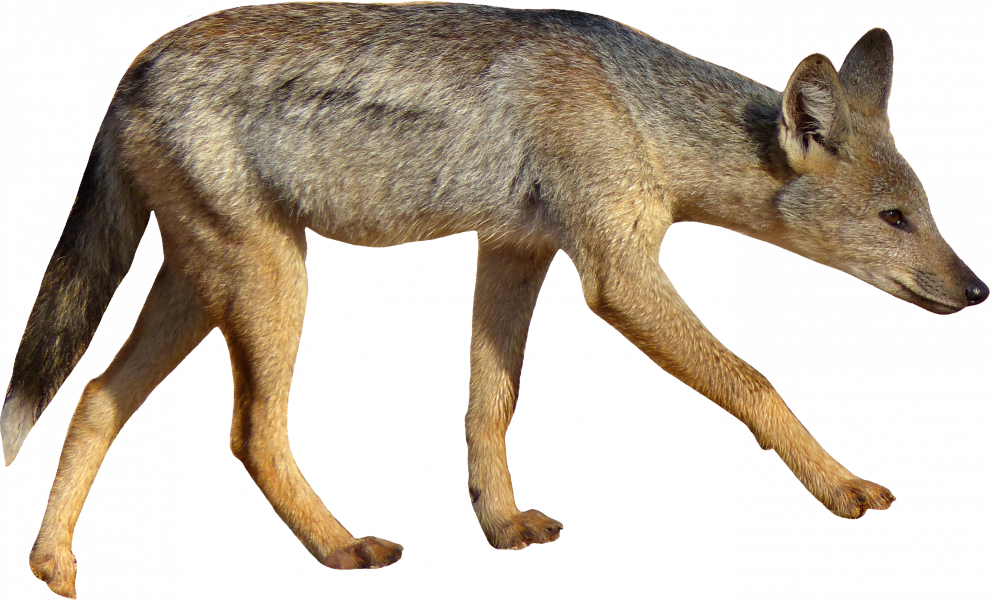Download top and best high-quality free Coyote PNG Transparent Images backgrounds available in various sizes. To view the full PNG size resolution click on any of the below image thumbnail.
License Info: Creative Commons 4.0 BY-NC
The coyote is a canine species found in North America. It is slightly smaller than its near relative, the wolf, and the closely related eastern and red wolves. It has a similar ecological niche in Eurasia as the golden jackal. A behavioural ecologist once referred to the coyote as the American jackal because it is bigger and more predatory. Prairie wolf and brush wolf are two more historical names for the species.
Because of its widespread distribution and abundance in North America, the International Union for Conservation of Nature has designated the coyote as a species of least concern. Coyote populations can also be found in large numbers in Mexico and Central America. The species is adaptable, allowing it to thrive in settings that humans have altered. It’s expanding its territory by going into cities in the eastern United States and Canada. In 2013, a coyote was spotted in eastern Panama (across the Panama Canal from its native region).
There are 19 recognised subspecies of coyote. The typical man weighs 8 to 20 kilogrammes (18 to 44 pounds), whereas the average female weighs 7 to 18 kilogrammes (15 to 40 lb). The hue of their fur is primarily light grey and red or fulvous, with black and white intermingled, however it varies according on region. Its social system is very adaptable, since it may live in a family unit or in loosely linked groups of unrelated people. Its food consists mostly of deer, rabbits, hares, rodents, birds, reptiles, amphibians, fish, and invertebrates, however it may occasionally consume fruits and vegetables. A lone individual’s howl is its distinctive vocalisation. Coyotes face the greatest threat from humans, followed by cougars and grey wolves. Regardless, coyotes occasionally mate with grey, eastern, or red wolves, resulting in “coywolf” hybrids. The eastern coyote (a bigger subspecies, albeit still smaller than wolves) is the product of numerous historical and current matings with various kinds of wolves in the northeastern areas of North America. Most North American wolves have some coyote DNA, according to genetic research.
The coyote is a well-known figure in Native American folklore, particularly in Aridoamerica. He is generally represented as a trickster who takes on the appearance of a coyote or a man. The coyote, like other trickster characters, utilises deceit and comedy to defy societal conventions. In Mesoamerican cosmology, the animal was revered as a sign of military power. It was seen as a timid and untrustworthy animal in Anglo-American society following European colonisation of the Americas. Unlike wolves, which have improved their public image, the coyote’s image is still mostly unfavourable.
Male coyotes weigh 8 to 20 kg (18 to 44 lb), while females weigh 7 to 18 kg (15 to 40 lb), however size varies by region. With an average weight of 18 kg (40 lb), Northern subspecies tend to grow larger than southern subspecies, with an average weight of 11.5 kg (25 lb). Females are shorter in body length and height, ranging from 1.0 to 1.35 m (3 ft 3 in to 4 ft 5 in) and having a tail length of 40 cm (16 in). A male coyote killed at Afton, Wyoming, on November 19, 1937, measured 1.5 metres (4 feet 11 inches) from nose to tail and weighed 34 kilogrammes (75 lb). Scent glands are bluish-black and situated on the top side of the base of the tail.
The colour and texture of a coyote’s fur varies depending on where it is found. The hair is light grey and red or fulvous in hue, with black and white scattered throughout the body. Coyotes that live at higher elevations have more black and grey hues than those that live in the desert, which are more fulvous or whitish-gray. Short, soft underfur and long, coarse guard hairs make up the coyote’s fur. Northern subspecies have longer and denser fur than southern subspecies, with some Mexican and Central American variants having nearly hispid fur (bristly). Adult coyotes (including coywolf hybrids) often have a sable coat, a dark neonatal coat, a bushy tail with an active supracaudal gland, and a white face mask. Albinism is exceedingly uncommon in coyotes; just two albinos were found among the 750,000 coyotes killed by federal and cooperative hunters between March 22, 1938, and June 30, 1945.
Download Coyote PNG images transparent gallery.
- Coyote PNG Photo
Resolution: 990 × 990
Size: 668 KB
Image Format: .png
Download
- Coyote PNG Photos
Resolution: 835 × 700
Size: 524 KB
Image Format: .png
Download
- Coyote PNG Pic
Resolution: 1125 × 857
Size: 701 KB
Image Format: .png
Download
- Coyote PNG Picture
Resolution: 1500 × 1742
Size: 3154 KB
Image Format: .png
Download
- Coyote PNG
Resolution: 480 × 480
Size: 228 KB
Image Format: .png
Download
- Coyote PNG1
Resolution: 745 × 491
Size: 254 KB
Image Format: .png
Download
- Coyote Transparent
Resolution: 961 × 424
Size: 540 KB
Image Format: .png
Download
- Coyote
Resolution: 600 × 430
Size: 235 KB
Image Format: .png
Download
- Coyote Background PNG
Resolution: 500 × 419
Size: 76 KB
Image Format: .png
Download
- Coyote No Background
Resolution: 1194 × 943
Size: 931 KB
Image Format: .png
Download
- Coyote PNG Background
Resolution: 500 × 489
Size: 299 KB
Image Format: .png
Download
- Coyote PNG Clipart
Resolution: 773 × 712
Size: 657 KB
Image Format: .png
Download
- Coyote PNG Cutout
Resolution: 990 × 610
Size: 341 KB
Image Format: .png
Download
- Coyote PNG File
Resolution: 890 × 514
Size: 404 KB
Image Format: .png
Download
- Coyote PNG Free Image
Resolution: 731 × 748
Size: 830 KB
Image Format: .png
Download
- Coyote PNG HD Image
Resolution: 2309 × 1860
Size: 1399 KB
Image Format: .png
Download
- Coyote PNG Image File
Resolution: 596 × 720
Size: 178 KB
Image Format: .png
Download
- Coyote PNG Image HD
Resolution: 1656 × 777
Size: 1408 KB
Image Format: .png
Download
- Coyote PNG Image
Resolution: 1920 × 1864
Size: 243 KB
Image Format: .png
Download
- Coyote PNG Images HD
Resolution: 2020 × 1683
Size: 419 KB
Image Format: .png
Download
- Coyote PNG Images
Resolution: 990 × 600
Size: 834 KB
Image Format: .png
Download
